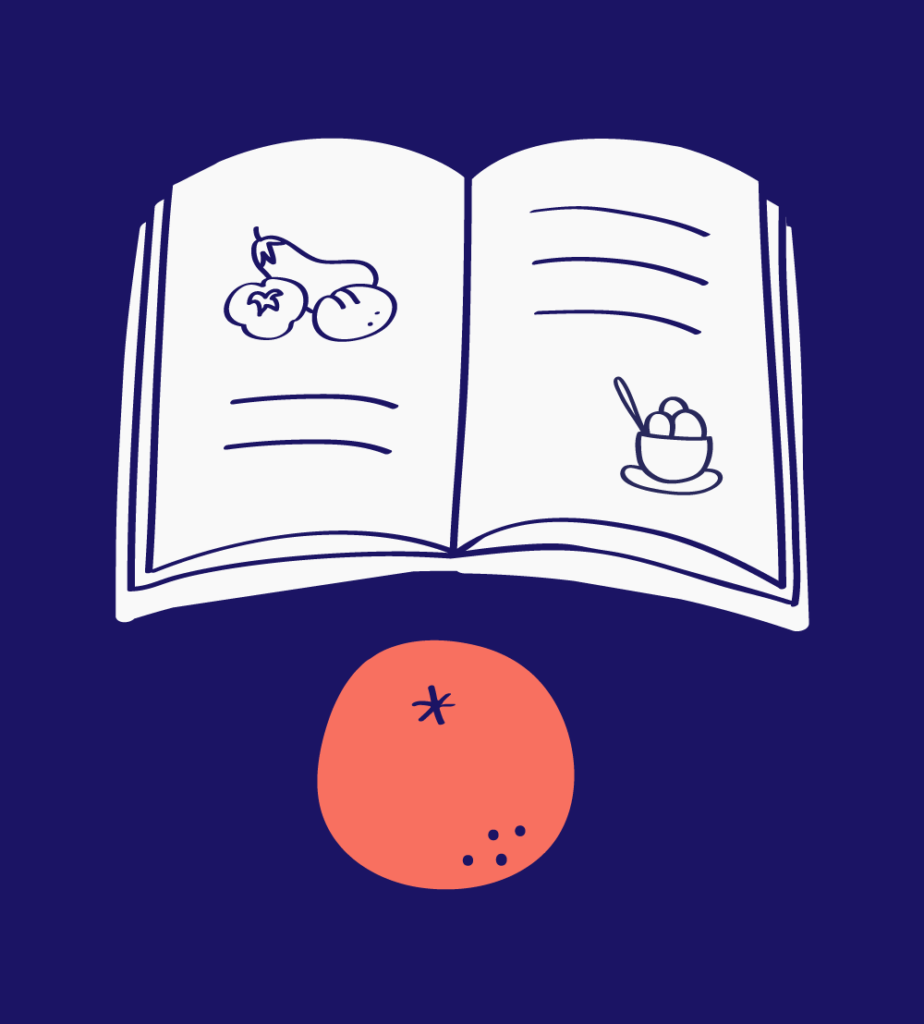
How does your art talk about the internet?
In the first lecture of this cookbook, Bani Brusadin, and Nil Martín will introduce relevant examples, carried out both by artists and non-artists, that will expand the notion of “distribution” or “dissemination”. The purpose of this lesson is to broaden your understanding of the term “digital art” and to show you that it encompasses a wide range of creative practices beyond code-based works, projection mapping, and high-technology installations. These experts in media art will review some of the most striking and innovative works in this field, to give you a deeper understanding of the creative possibilities of digital art.
During the session, you will be introduced to a diverse range of digital art practices, including interactive installations, generative art, digital performance, and performance in social networks. Bani and Nil will explore the ways in which these works use technology to push the boundaries of art and to create new forms of expression. The session will provide you with a greater appreciation of the potential of digital art and the ways in which it can be used to create thought-provoking and engaging works.
Bani and Nil will also open the discussion about the importance of considering the ethical implications of digital art, such as issues around privacy, surveillance, and the manipulation of digital images. They will provide you with the critical tools you need to analyse and understand these works in a deeper way and to see beyond the surface of the underlying themes and ideas. We will go in-depth into those notions later, in lesson 6.
When talking about the topic, of the distribution of performing arts, we see that there is a growing interest in how digital festivals are organized. LaSADCUM, which you already met in the warm-up, is an example of a dance company that has managed to cross the borders between disciplines and show its work at digital art festivals. This dance company is an example that media art is not just technology but art about technology. Since our lives are so much influenced by the digital realm, any work, and any artist as well, and therefore even you can comment on technology and internet influence in your lives based on your experience and through the art you practice.
SKILLS DEVELOPMENT
The internet is a powerful tool that is transforming the way we interact with each other, the way we experience art, and the way we move and engage with the world around us: the internet has changed our attention span, making it shorter and more difficult to keep our focus for long periods of time. However, research has also shown that our brains can process visual information much faster and that we are able to multitask more efficiently than before. At the same time, in terms of social interactions, the rise of social media and online communication platforms has made virtual interactions more common than face-to-face interactions. This has a direct impact on how performance artists compose their work and how they think about their audiences.
DIVERSIFICATION OF AUDIENCES
Finally, the internet has undoubtedly had a major impact on the consumption of culture. With the rise of streaming services, social media influencers, and online content creators, people now consume culture in new and different ways than ever before. Thanks to that, people are more open to exploring other forms of art, leaving their cultural comfort zone and access to new experiences. Moreover, nowadays the audience has more cultural references which allows them to engage more deeply with the art they consume, or at least in diverse meaningful ways. This has also brought richer conversations and discussions about art after any show and has provided audiences with more tools to appreciate and understand the nuances of different cultural forms.
Overall, the lesson is meant to be a practical and hands-on exploration of the internet and its impact on society and the arts. It will provide you with the knowledge, tools, and resources you need to understand and navigate the digital landscape and create work that reflects the world we live in. At the end of the lecture, Bani and Nil prepared two exercises to explore the concepts of the lecture.


Exercises
After watching the lecture, we would like to propose a couple of exercises for you to practice at home. The assignments are about realizing what you – as well as other people – do on the internet, especially regarding performative aspects: the use of time, space and interfaces. Both exercises/challenges/performative acts will require you to think, search and take notes. We highly recommend you discuss the assignments with a colleague afterwards.
Some of the exercises will require you to use your own social media platforms and play with the content you post or how you comment on other people’s posts. We don’t expect you to become a content creator, but we invite you to experiment with how content gets distributed online. Understanding how the flow of the internet works, might inspire new performance practices, strategies on how to communicate your projects online, and how to reach new audiences. By experimenting with different approaches, you can gain valuable insights into how the online world operates and how you can better utilize it for your creative endeavours.
Exercise 1
This exercise is about triggering another use of your social media. Shaking your own conventions to discover something new about yourself and your community. It is about taking an active role in the production of original content.
- Find an Internet community, a digital subculture, a memetic phenomenon (a style, a gesture, anything that propagates by imitation)
- For example: a scene of animals moving funny in a YouTube documentary, a blog that reviews pasta restaurants.
- For example: a scene of animals moving funny in a YouTube documentary, a blog that reviews pasta restaurants.
- Re-enact it outside of the screen but try not to entirely lose the tie to the original. Change its temporality, its tempo, its spatial features, its context, its intention.
- For example: you record yourself imitating the funny movement of one of the animals, you record yourself reading out loud the most hilarious reviews.
- For example: you record yourself imitating the funny movement of one of the animals, you record yourself reading out loud the most hilarious reviews.
- Don’t make it an art piece, make it repeatable (easy to replicate).
- All the examples we gave you above could be easily replicated by another person. Dancing like an animal would become a TikTok trend, you can invite people to send you reviews for you to read out loud.
- All the examples we gave you above could be easily replicated by another person. Dancing like an animal would become a TikTok trend, you can invite people to send you reviews for you to read out loud.
- Send it back to the Internet. You can use your own social media profile or create a new profile for such an idea.
- Remember that this is not a project, dare yourself to be dirty, raw, clumsy… Do not overthink, be as quick as the internet demands us to be. Your idea can be collective, you don’t need to exercise it alone. And as said in the lecture, THE CONTEXT IS CONTENT.
- Remember that this is not a project, dare yourself to be dirty, raw, clumsy… Do not overthink, be as quick as the internet demands us to be. Your idea can be collective, you don’t need to exercise it alone. And as said in the lecture, THE CONTEXT IS CONTENT.
Exercise 2
The following assignment is composed of various options. You don’t need to do all of them, but choose the one that resonates the most with your persona.
Do you know who was the first person that started the ice-bucket trend, or any other trend? Or the person behind Anonymous? Are you sure you know all the people you chat to online?
Every task here is about being invisible on the internet, it is about triggering something that you are the only one aware of, but it starts living on its own. This assignment is about letting yourself be inspired and open up new artistic scenarios.
- Traces: Leave traces on the internet. You may imagine a story, or focus on objects you have around you, or your body, or a secret society you belong to and its codes. Whatever it is, spread it where people would not expect it.
- For example, maybe it is about finding your oldest pictures online and reposting them without context, or sharing pictures of a concrete perspective of several objects for a while.
- For example, maybe it is about finding your oldest pictures online and reposting them without context, or sharing pictures of a concrete perspective of several objects for a while.
- Others: Ask someone to do something for you online. It can be anything, but it must be simple enough. We encourage you to write a simple script for your performer to interpret according to her/his understanding. Make it unusual, playful, and bizarre. It can be explicit or obscure, funny or somber, intimate or in public. Choose where you want it to appear: it can be a specific place online, some generic area on the internet, or a place that your performer knows (and you might not). Document it or ask your performers to do it themselves.
- For example, you can invite a friend to play a video game online with other strangers but agree to talk about circus history while playing. You can infiltrate other contexts to explore what people think about a topic you are interested in.
- For example, you can invite a friend to play a video game online with other strangers but agree to talk about circus history while playing. You can infiltrate other contexts to explore what people think about a topic you are interested in.
- Borders: Find borders and frontiers on the internet. Imagine a way to trespass, squat, pierce or move them.
- For instance, play with the limits of the Instagram filters, how far can it stay realistic in your face when you do expressions or use your hands? Or get access to a private online blog, what would you need to get in?
- For instance, play with the limits of the Instagram filters, how far can it stay realistic in your face when you do expressions or use your hands? Or get access to a private online blog, what would you need to get in?
- Automation: Pretend you are an automated entity: a chatbot, a digital assistant, a next-generation captcha system, or software to perform some specific tasks.
- What have you been programmed for?
- Who is asking and how are you behaving?
- Will you be able to fool them?
- Or lead them to do something just by following your instructions?
Answering these questions will set up limits so talk to a friend as that chatbot for a while and see how this person reacts to you.
- Weird speculative: Look at https://artbot.space/ for a couple of minutes. Read the bizarre sentences that the bot spits out. Turn some of them into the concept for a speculative piece or intervention to be performed by you, your messages, your body or gestures, other people’s bodies or gestures. It will be performed anywhere but on a stage.
Lecturers
Bani Brusadin (Catalonia-Italy)
He holds a Ph.D. in art production (University of Barcelona, 2016) and currently teaches about network cultures at the University of Barcelona (2013 – ongoing) andElisava Design School (2008 – ongoing), as well as in the Master’s degrees in Digital Art Curatorship (Esdi, Barcelona) and Data & Design (Elisava, Barcelona). In 2018 he co-chaired the international academic congress Interface Politics – After Post-Truth, organized by BAU Design College Barcelona in collaboration with Hangar and the Museum of Contemporary Art of Barcelona. He is guest co-editor of the next issue of Elisava Design School’s Temes de Disseny research journal (2021).
Nil Martín (Catalonia)
Performer and cultural communicator. He believes in transversality as a very high professional value. He masters both the creative and artistic side as well as the communicative and business side of the culture sector and, in particular, of the performing arts. On and off stage. Graduate in Communication and Cultural Industries and Diploma in Interpretation (Dramatic Art) with a specialization in Text and Cinema. He moves in the areas of social media, press, new communication formats, cultural outreach, acting, stage creation, and new trends in the live arts.









